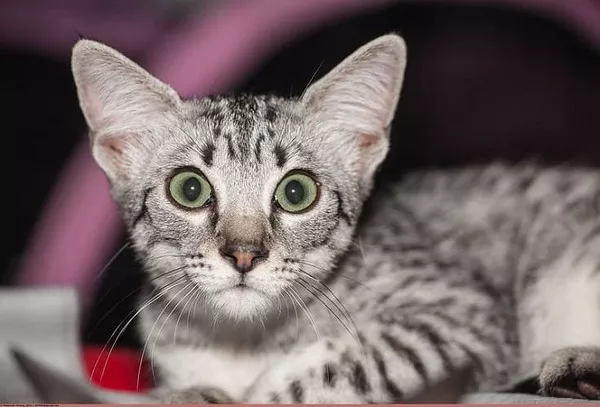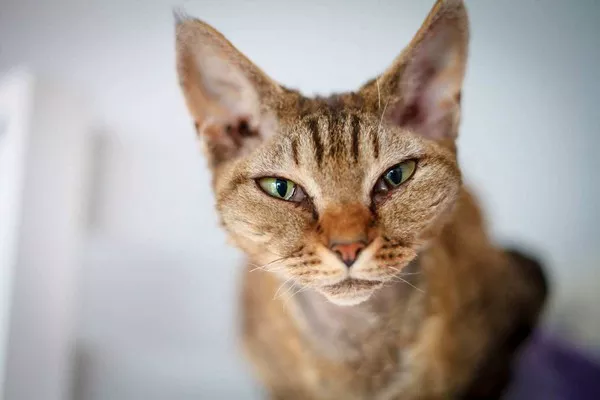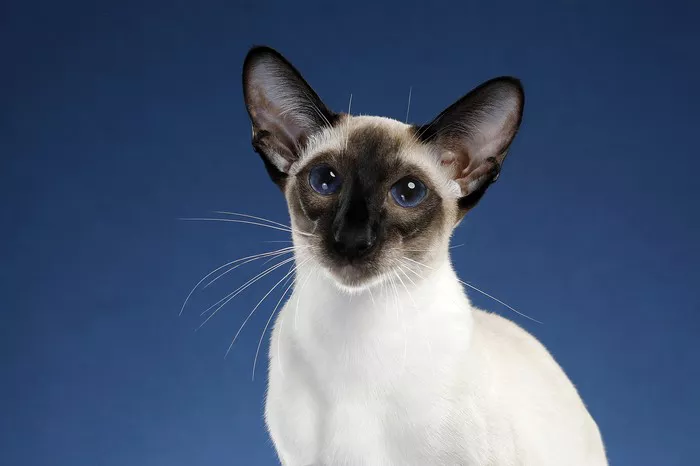The University of Illinois Urbana-Champaign recently conducted a study shedding light on the effects of overeating on cats, revealing significant insights into the digestive system and gut microbiota of felines. With approximately 60% of cats in the U.S. classified as overweight, the study aimed to understand the metabolic and gastrointestinal changes associated with overeating in cats, offering valuable information for the prevention and treatment of feline obesity-related health issues.
Kelly Swanson, a professor in the Department of Animal Sciences and interim director of the Division of Nutritional Sciences at U. of I., highlighted the importance of addressing both feline weight loss and weight gain. While numerous studies have focused on weight loss, the impact of overeating has been relatively understudied. Swanson emphasized the prevalence of feline obesity, which can lead to severe health problems like diabetes and chronic inflammation.
The study, which included 11 adult spayed female cats, employed a comprehensive approach. After two weeks of baseline measurements, the cats were allowed to eat as much as they desired. Regular intervals saw the collection of blood and fecal samples, along with monitoring physical activity.
The results were compelling. The cats immediately increased their food intake and gained weight, with their average body condition score rising from 5.41 to 8.27 on a 9-point scale after 18 weeks of overfeeding. This increase reflected a 30% overweight status. Body condition score, equivalent to body mass index (BMI) for humans, indicated that 6 or above is considered overweight.
One of the novel findings of the study was the impact of overeating on gastrointestinal transit time. As cats consumed more and gained weight, the transit time decreased, affecting digestive efficiency. The researchers noted that when the body receives less food, it becomes more efficient at extracting nutrients. However, an increase in food intake led to faster passage through the digestive system, resulting in reduced nutrient extraction.
Gut microbial composition also underwent significant changes during the study. The abundance of Bifidobacterium, known for its antimicrobial activity and immune system stimulation, increased, while Collinsella, linked to pro-inflammatory diseases, decreased. These results differed from findings in overweight humans, highlighting the complexity of the association between gut microbiota and weight gain.
Fecal changes, increased fecal output, and a decrease in fecal pH were observed as the cats’ food consumption grew. A lower fecal pH indicated poor absorption of carbohydrates and fat, aligning with the higher food intake and reduced digestibility observed in the study.
Despite weight gain, the researchers did not observe consistent changes in the cats’ physical activity levels. However, they acknowledged individual variations and environmental factors that might influence activity levels.
The study’s implications extend to pet obesity management, offering valuable insights for future prevention and treatment plans. The findings suggest that understanding the metabolic and gastrointestinal changes associated with weight gain in cats can contribute to more effective strategies for feline health.
For pet owners concerned about their cats’ weight, the study suggests restricted feeding and encouraging physical activity. The researchers recommend stimulating foraging behaviors by placing food around the home or using food puzzles during mealtime to promote engagement and mental enrichment.
Following the conclusion of the weight gain study, the 11 cats were transitioned to a restricted-feeding diet, successfully returning them to a normal weight.


























